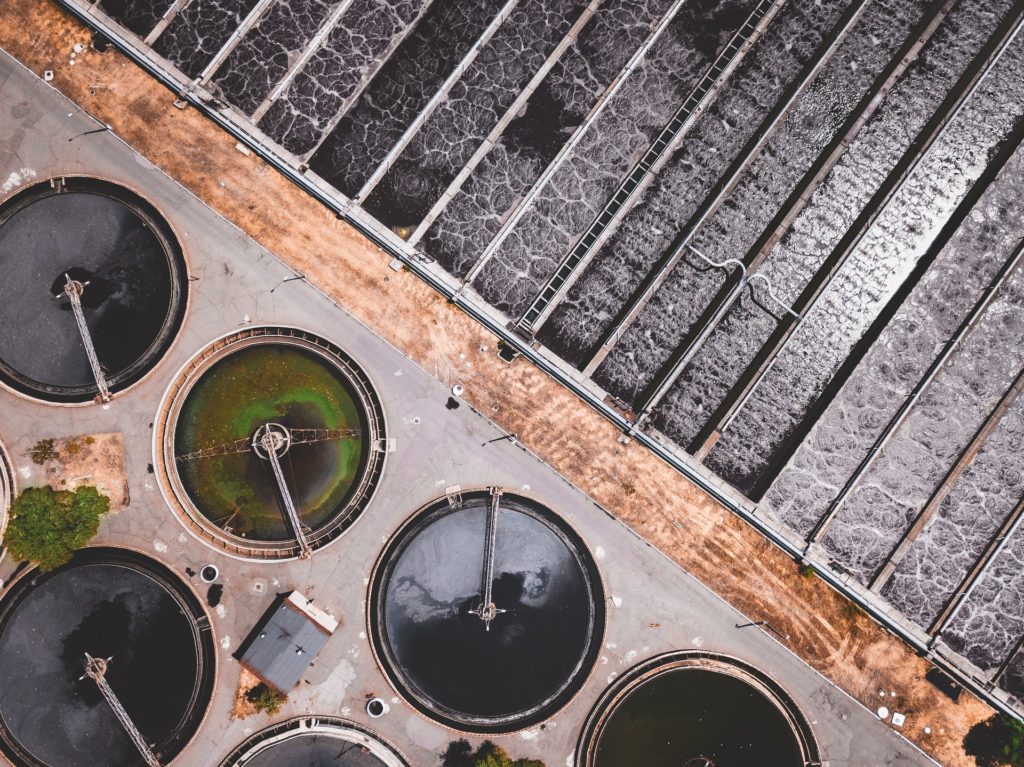Twelve people of the Grobbendonk and Herentals regions in the province of Antwerp became infected with the bacterium legionella last month; another has died.
It is believed that the legionella (also known as Legionnaires' Disease) spread through the air from bacteria in a water purification plant nearby, according to De Standaard. Legionella is a bacterium that can occur in water – particularly warm, standing water. It does not spread through drinking water and is not contagious.
“At the end of November the [Health] Agency had already identified various legionella infections in Grobbendonk and Herentals,” said Ria Vandenreyt of the Agency for Care and Health (Agentschap Zorg en Gezondheid).
“Twelve people became ill. Unfortunately, there was also one fatality, That was an elderly, vulnerable person – the age group most affected by legionella.”
Related News
- Pollution scandal: 3M ordered to stop production after failing to prove no harm to environment
- Diamond fraudsters face three years in prison
Legionella is a serious but uncommon disease. Isolated infections from swimming pools or jacuzzis are more typical, but cluster infections such as in this case are unusual.
To prevent further contamination, the Agency for Care and Health took various samples from companies and organisations in Grobbendonk and Herentals and used predictive software to map potential infections and sources.
Determining the source of the infection
On 17 December it was determined that the origin of the small outbreak in the Antwerp province was one of the water treatment plants.
“We immediately took action to stop the spread of these aerosol particles. We stopped the activities at all the places on our site where aerosol particles can occur,” said Peter Vandeputte of the Albertstroom water treatment plant where the source was found.
“The contaminations originate from a rare strain of legionella bacteria, so there is a good chance that the source of contamination was only present in Albertstroom. There is always a possibility that there was a second source, but we don't suspect that to be the case.”
[custom-related-posts title="Related Posts" none_text="None found" order_by="title" order="ASC"]
Legionella has an incubation period of up to nineteen days, “so if, for example, a drop from our site escaped on 10 December and was inhaled by an anaesthetised person, it could still lead to infection,” said Vandeputte.
“We and the Agency are confident that the source has been destroyed but we must remain vigilant. That is why the investigation is still ongoing. This is the first time we have experienced this in our company.”
Continued monitoring of the situation
The health agency has scheduled a number of sampling sessions over the next few days to make sure there are no other sources of legionella in the area.
The symptoms of legionella are feeling feverish, muscle aches, mild headaches, and later an usually higher fever and a dry cough. A legionella infection can develop into serious pneumonia. It is treated with a course of antibiotics.

